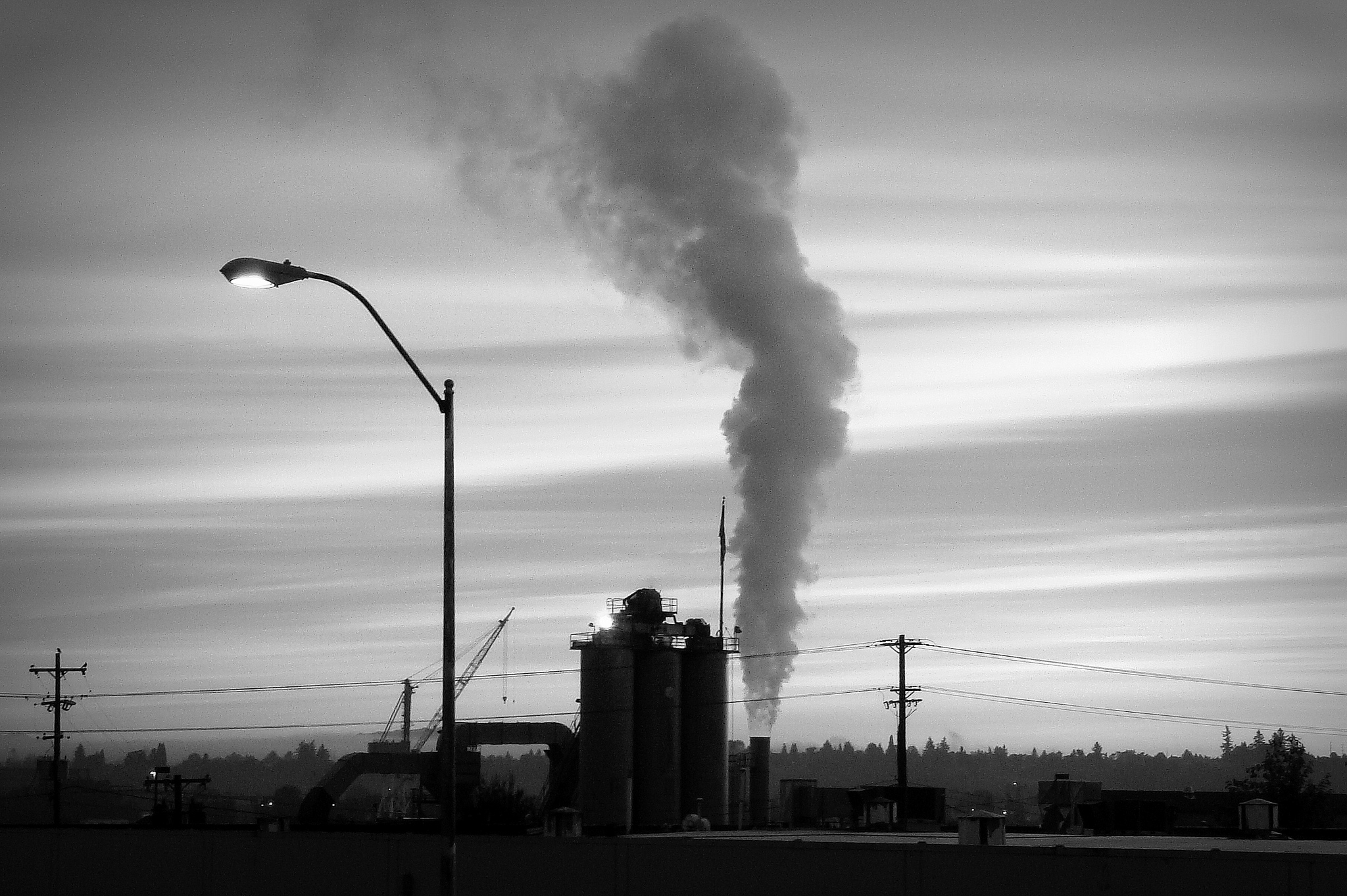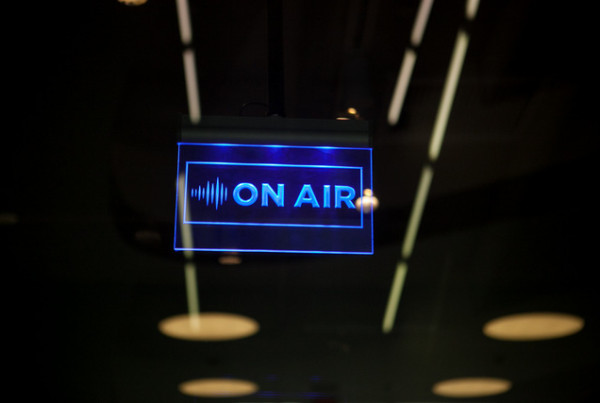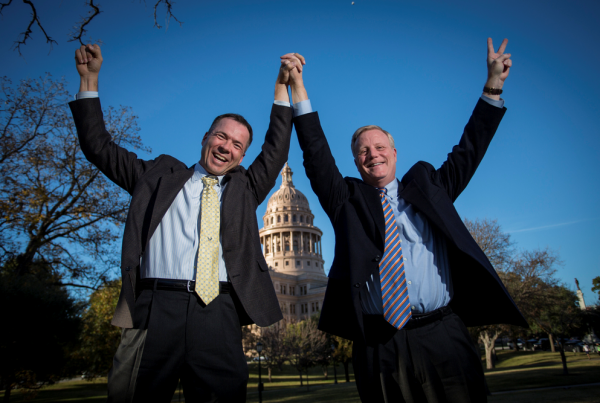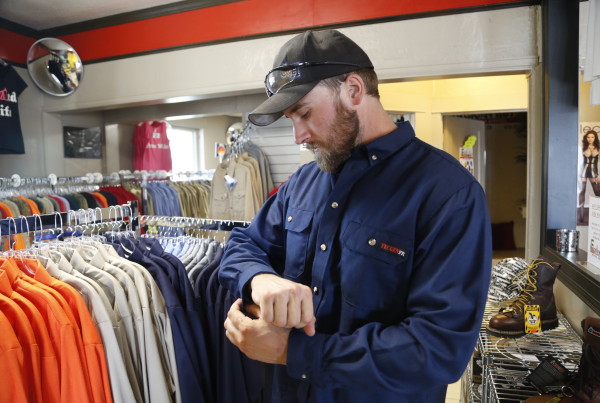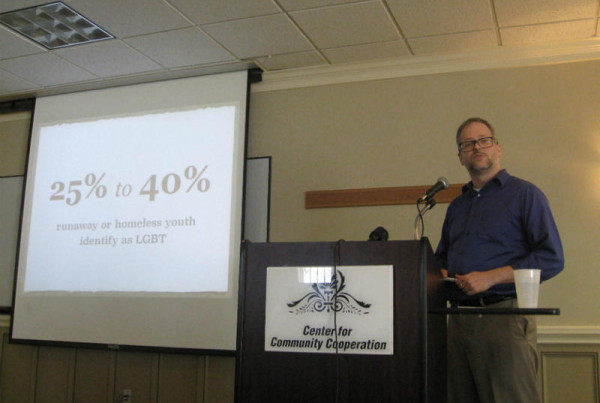The Supreme Court struck down EPA regulations Monday on mercury and air toxins. Justices said the rules were “prohibitively expensive.” Tough ozone regulations are still in place and the EPA is proposing to make them tougher; they’re expected to announce sometime in October of this year. The Texas Commission on Environmental Quality found back in October 2014 that Texas is already behind. Neena Satija, who reports on energy and the environment for the Texas Tribune, spoke with the Texas Standard about the Supreme Court decision and EPA’s regulatory impact on Texas.
The EPA’s proposed regulations for ground level ozone would significantly lower acceptable levels in the atmosphere for cities across the board. But as the TCEQ report noted, Dallas, Ft. Worth and Houston don’t meet the current standards, and Austin and San Antonio are close to the cutoff.
The ozone regulations are part of the many different provisions of the Clean Air Act, which include rules for acceptable levels of pollutants like lead and carbon monoxide, as well as ground level ozone. There are actually two types of ozone, one natural and one man-made. When you hear about the hole in the ozone layer, scientists are referring to the earth’s natural ozone. What the EPA is concerned with, the ground level ozone, is created when exhaust from cars and power plants mixes with sunlight.
Satija said the EPA is likely to lower its stated acceptable ozone levels to 65 to 70 parts per billion (ppb). The current standard is 75 ppb in the air averaged over an eight-hour period. If the average of a city’s ozone readings across that timeframe is above 75 ppb, the city is out of compliance. Dallas and Houston both currently have levels higher than 75 ppb. San Antonio is also technically above the acceptable level, Satija said, even though the EPA has not yet reviewed its numbers. Satija said there is also a small possibility the required levels will remain the same, and a small possibility they will drop to 60 ppb. (You can monitor daily ozone levels here.)
Texas has a history of taking on the EPA. Satija said the current push to change the standards dates back to the Bush administration, when a panel of scientists declared ozone levels were too high and courts ruled the EPA should reconsider its regulations. But Satija said Texas will have to comply with any new standards unless it is able to successfully challenge the EPA in court yet again. “It’s not going to be an easy lawsuit,” Satija said. “There’s a very vigorous peer review process for setting these ozone standards.”


